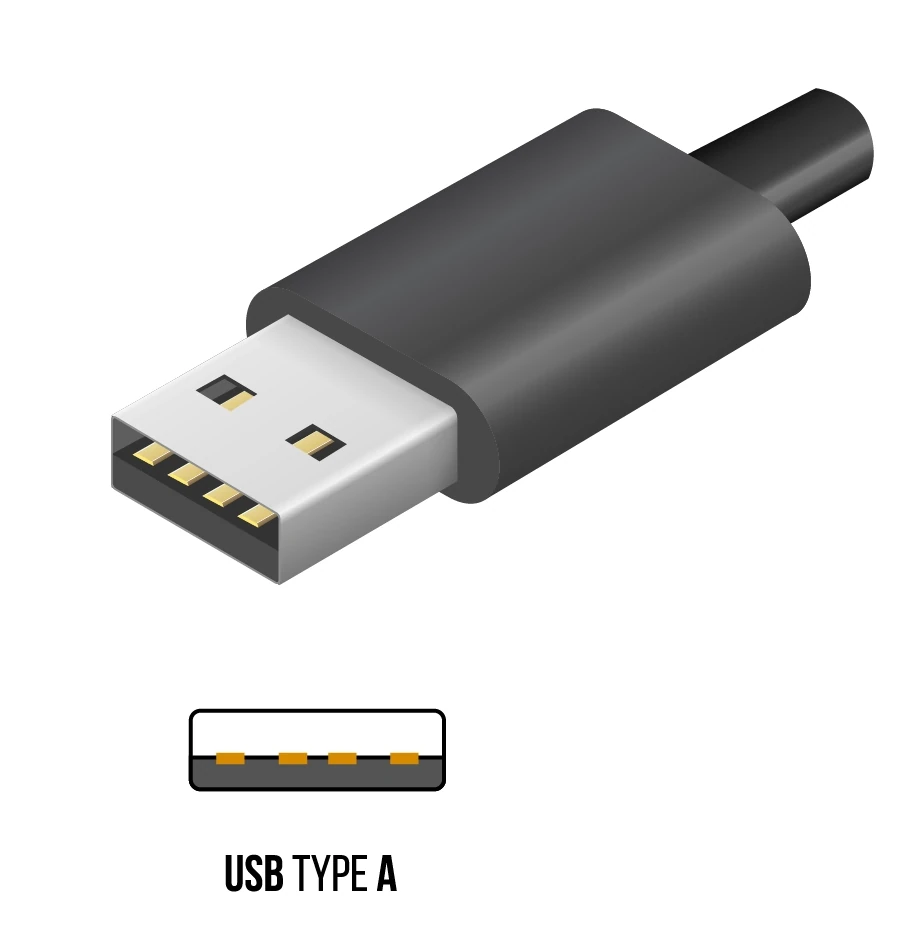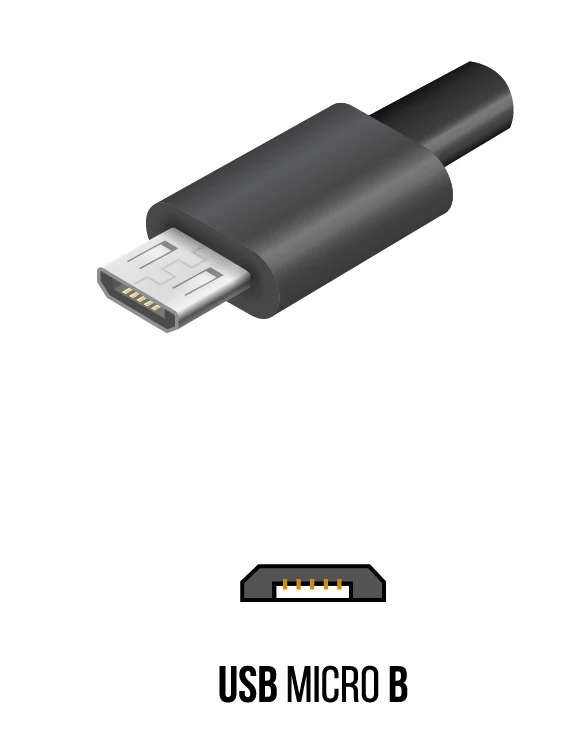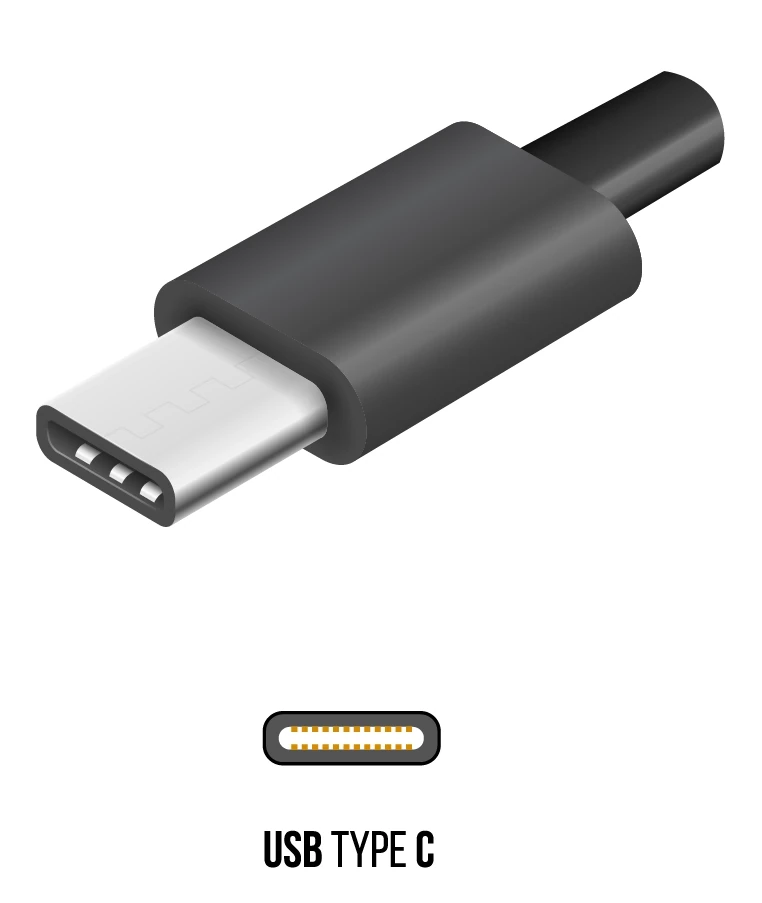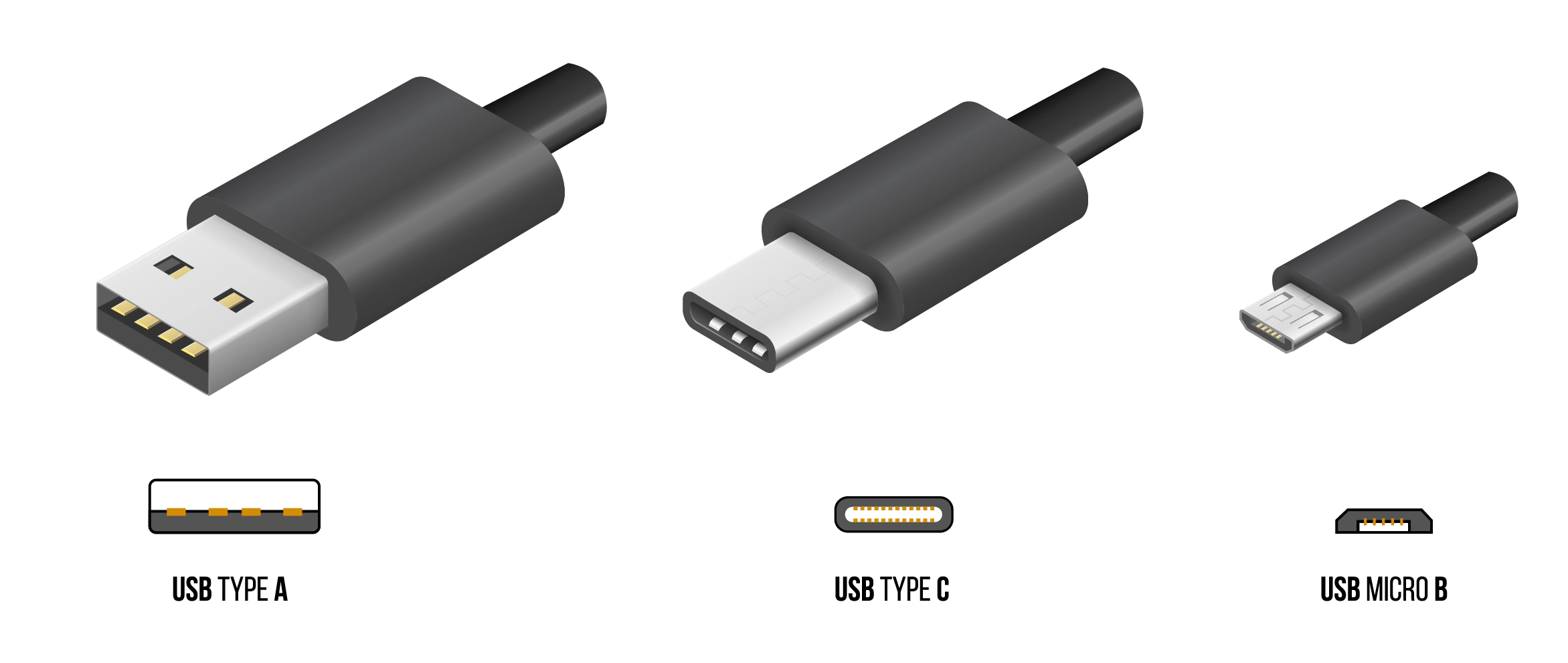Universal Serial Bus (USB) is a household term in the digital age. From charging our smartphones to connecting printers, USB technology has become indispensable. But have you ever wondered about the differences between USB-A, USB-B, and USB-C? Why were they developed, and how do they shape modern technology? This blog will unravel the history, purpose, and uses of each USB type, empowering you with knowledge about the connectors that keep our devices running.
The Beginning: The Birth of USB
The USB standard was introduced in 1996 by a group of seven companies, including IBM, Microsoft, Intel, and Compaq. Their goal was simple yet revolutionary: create a standardized, universal interface to simplify the connection between computers and peripherals. Before USB, connecting devices often required specific ports and drivers, leading to compatibility issues and consumer frustration.
USB revolutionized connectivity by providing a plug-and-play experience, eliminating the need for device-specific adapters and software. It quickly became the industry standard, with USB 1.0 offering a modest data transfer rate of 12 Mbps.
Understanding USB Types: A, B, and C
USB-A: The Classic Connector

Appearance: Rectangular with a flat design.
Purpose: USB-A was the original standard and remains widely used for connecting devices like keyboards, mice, and flash drives.
Development: USB-A emerged alongside the first USB specifications to replace outdated interfaces like serial ports.
Limitations: One major drawback of USB-A is its non-reversible design, which often leads to the “three-try rule” when plugging it in.
USB-B: The Peripherals Specialist

Appearance: Square with beveled edges.
Purpose: USB-B connectors were designed primarily for peripherals such as printers, scanners, and external hard drives.
Development: Introduced as a companion to USB-A, USB-B standardized the connection between host devices (like PCs) and peripherals.
Evolution: Over time, variations like Mini-B and Micro-B were developed to cater to smaller devices, including digital cameras and early smartphones.
USB-C: The Modern Marvel

Appearance: Slim, oval-shaped, and symmetrical.
Purpose: USB-C is the latest and most versatile connector, offering faster data transfer, higher power delivery, and reversibility.
Development: USB-C was introduced in 2014 by the USB Implementers Forum (USB-IF) to address the growing demands of modern devices for faster speeds, higher power output, and universal compatibility.
Advantages:
- Reversible Design: No more fumbling to find the right side.
- Power Delivery: Supports up to 240W, making it ideal for charging laptops.
- Versatility: Enables data transfer, power delivery, and video output through a single port.
Why USB Was Developed
USB’s primary goal has always been to simplify and unify device connections. The design aimed to address the issues of its predecessors, such as compatibility constraints and slow transfer speeds. As technology evolved, USB adapted, introducing faster standards (e.g., USB 3.0, USB 4) and accommodating newer needs like high-definition video transfer and rapid charging.
Where USB is Used Today
USB technology powers almost every aspect of our digital lives. Here are some of its most common applications:
- Consumer Electronics: Smartphones, laptops, and gaming consoles rely on USB connections for charging and data transfer.
- Office Devices: USB connects printers, scanners, and external storage devices.
- Entertainment Systems: Modern TVs and set-top boxes use USB to play media files or connect streaming devices.
- Automobiles: USB ports are now standard in vehicles, providing charging and media playback options.
- Industrial Applications: USB interfaces are used in automation systems and diagnostic tools.
The Future of USB
As USB-C continues to gain traction, the industry is moving towards a single connector standard. The European Union’s mandate for USB-C as the standard charging port by 2024 exemplifies this shift. Future developments in USB technology will likely focus on increasing speed, power efficiency, and versatility.
Final Thoughts
From USB-A to USB-C, the evolution of this ubiquitous technology showcases the tech industry’s commitment to convenience and innovation. Understanding these connectors not only demystifies their purpose but also helps us appreciate the seamless connectivity they bring to our daily lives.
Start a Conversation
What are your thoughts on USB technology? Have you encountered challenges or found USB-C to be a game-changer in your daily life? Share your experiences, suggestions, or questions in the comments below. If you found this article helpful, don’t forget to share it with others who might benefit from understanding USB better.

No comments yet. Be the first to share your thoughts!